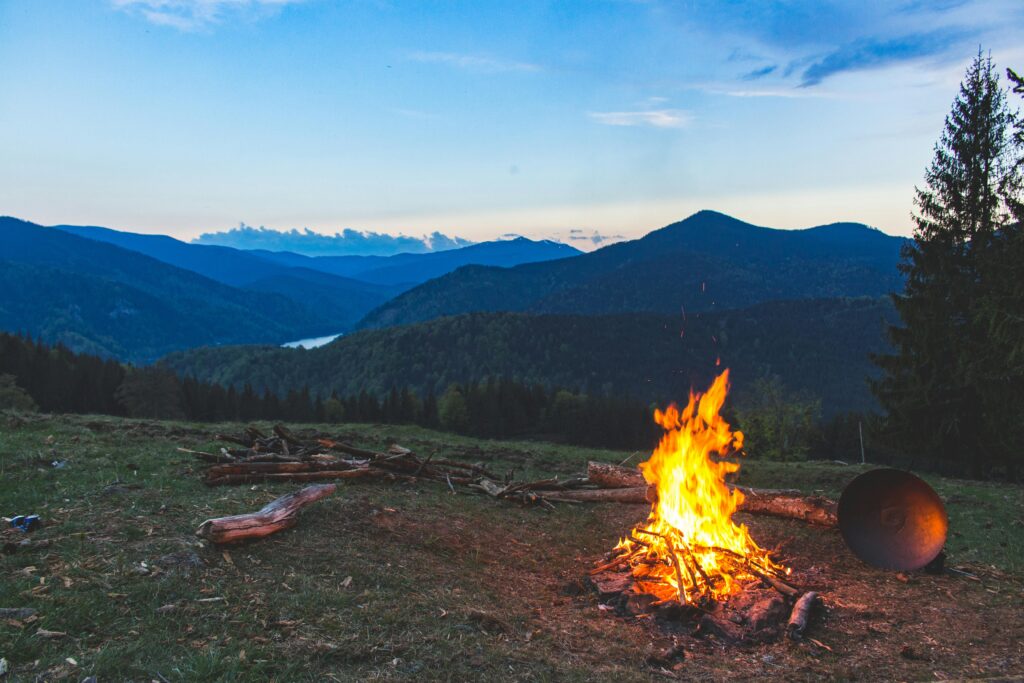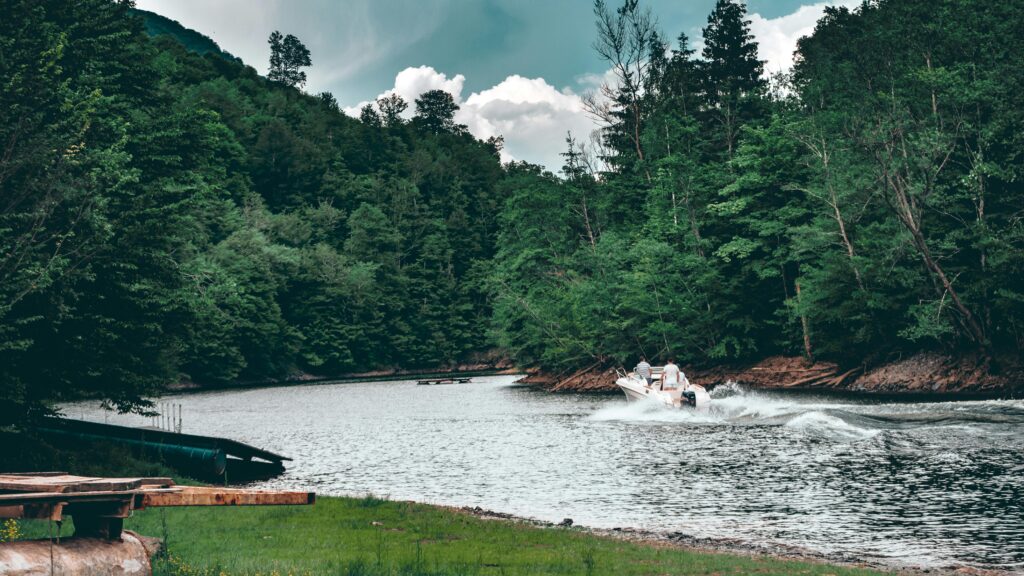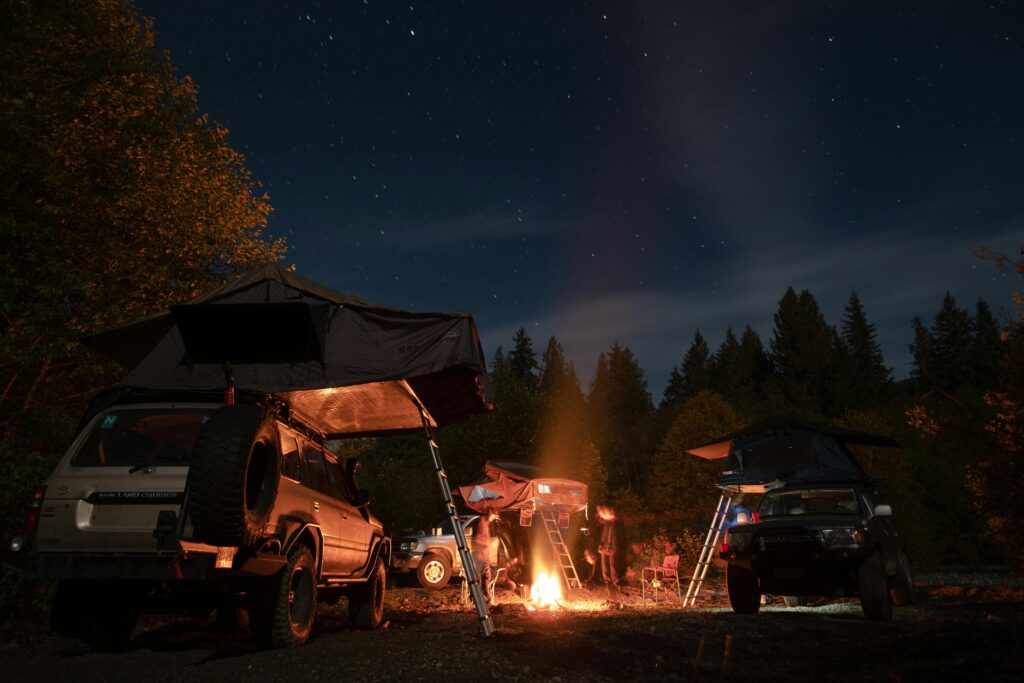Forest fires, with their devastating power, have become a growing concern as climate change intensifies. The question “how fast can forest fires travel” is critical for understanding their behavior and preparing for safety. In 2025, wildfires continue to challenge communities worldwide, making it essential to grasp their speed and spread. This article explores the factors influencing wildfire movement, incorporating supported keywords like wildfire spread factors, forest fire prevention, wildfire safety tips, and speed of wildfires to provide a comprehensive, SEO-friendly guide.
What Determines the Speed of Wildfires?
The speed of wildfires varies widely, influenced by several key factors. On average, forest fires can travel at speeds of 6–14 miles per hour (10–22 kilometers per hour), but under extreme conditions, they can move much faster. According to the National Interagency Fire Center, crown fires—those burning through treetops—can reach speeds up to 18 mph in dense forests. Understanding wildfire spread factors like wind, terrain, and fuel is crucial for predicting and managing fire movement.
Wind
Wind is the primary driver of wildfire speed. Strong winds can push flames forward, carrying embers up to a mile ahead to ignite new areas, a phenomenon called spotting. For example, during the 2020 California wildfires, gusts of 50 mph accelerated fire spread dramatically. Monitoring local weather forecasts is a key wildfire safety tip to anticipate rapid fire movement.
Terrain
The slope of the land significantly affects how fast forest fires travel. Fires move faster uphill, as heat rises and preheats vegetation above, sometimes doubling their speed. A 2021 study in Fire Ecology noted that fires on steep slopes can travel 2–3 times faster than on flat terrain. Conversely, valleys or wet areas may slow fires down, a factor to consider in wildfire spread factors.
Fuel
The type and condition of vegetation, or fuel, play a huge role. Dry grass, leaves, and dead trees ignite quickly and allow fires to spread rapidly. In 2025, prolonged droughts in regions like the Western U.S. have increased fuel dryness, accelerating fire spread. Regular clearing of dead vegetation is a vital forest fire prevention strategy to reduce available fuel.
How Fast Can Forest Fires Travel Under Extreme Conditions?
In extreme cases, forest fires can exceed typical speeds. During Australia’s 2019–2020 Black Summer fires, some blazes moved at 20–25 mph due to high winds and dry conditions. Crown fires, which leap from treetop to treetop, are particularly fast, while ground fires, burning through underbrush, are slower but still dangerous. Spotting can cause fires to “jump” across barriers like rivers, making their speed unpredictable. These scenarios highlight why understanding wildfire spread factors is essential for safety.
Forest Fire Prevention Strategies

Preventing rapid fire spread starts with proactive measures. Here are key forest fire prevention tips:
- Clear Defensible Space: Remove dry vegetation, leaves, and debris within 30–100 feet of homes to create a buffer zone.
- Use Fire-Resistant Materials: Build with non-combustible roofing and siding to protect structures.
- Avoid Fire Starters: Be cautious with campfires, cigarettes, or machinery like lawnmowers that can spark fires.
- Community Efforts: Support local firebreaks and controlled burns to reduce fuel loads.
In 2025, programs like the U.S. Forest Service’s prescribed burn initiatives have reduced fire risk in high-threat areas, emphasizing the importance of prevention.
Wildfire Safety Tips for Travelers and Residents
Whether you’re hiking in a forest or living near one, wildfire safety tips can save lives:
- Stay Informed: Monitor apps like CalFire or websites like InciWeb for real-time fire updates.
- Prepare an Evacuation Plan: Know escape routes and keep a go-bag with essentials like water, food, and documents.
- Avoid Risky Areas: Stay away from dry, forested areas during high fire danger periods, especially in summer or fall.
- Use Protective Gear: Wear masks to avoid smoke inhalation, as air quality can plummet during fires.
- Follow Advisories: Heed evacuation orders immediately, as fires can spread faster than expected.
For example, during the 2024 California wildfires, timely evacuations in areas like Sonoma County saved countless lives, underscoring the need for preparedness.
Environmental and Climate Impacts on Wildfire Speed
Climate change has intensified wildfire speed and frequency. Rising temperatures and prolonged droughts dry out vegetation, creating ideal conditions for rapid fire spread. A 2023 NASA study found that global warming has increased wildfire seasons by 20% in some regions. In 2025, posts on X highlight ongoing concerns about megafires in the U.S. West, driven by record heatwaves. Addressing climate change through reforestation and sustainable practices is a long-term forest fire prevention strategy.
Overcoming Challenges in Wildfire-Prone Areas
Living or traveling in wildfire-prone regions presents challenges, but preparation helps:
- Limited Evacuation Routes: Plan multiple escape paths, as fires can block roads quickly.
- Smoke and Air Quality: Use air purifiers indoors and limit outdoor activity during heavy smoke events.
- Remote Locations: Carry satellite phones or GPS devices in areas with poor cell service for emergency communication.
Why Understanding Wildfire Speed Matters

Knowing how fast can forest fires travel empowers individuals and communities to act swiftly. Rapid fire spread can outpace evacuation efforts, as seen in the 2018 Camp Fire in California, which traveled at 12 mph and devastated Paradise in hours. By understanding wildfire spread factors, you can make informed decisions, whether avoiding risky hiking trails or preparing your home. Wildfire safety tips and prevention strategies reduce risks, protecting lives and property.
The Future of Wildfire Management
In 2025, advancements like AI-driven fire prediction models and drone monitoring are improving wildfire response. The U.S. Forest Service reports a 15% increase in funding for fire prevention, supporting controlled burns and early detection systems. Community education on forest fire prevention is also growing, with campaigns encouraging defensible spaces and fire-safe landscaping. Staying informed about these developments enhances your ability to navigate wildfire risks.
Conclusion
So, how fast can forest fires travel? Depending on wind, terrain, and fuel, they can move at 6–25 mph, with extreme conditions pushing speeds even higher. By understanding wildfire spread factors, practicing forest fire prevention, and following wildfire safety tips, you can stay safe in fire-prone areas. Whether you’re a traveler exploring forests or a resident in a high-risk zone, preparation is key. Stay vigilant, plan ahead, and embrace Mexico travel safety-level caution to enjoy nature while minimizing risks in 2025.
FAQs About Wildfire Speed
What is the fastest a wildfire can travel?
The fastest wildfires, like crown fires, can travel up to 18–25 miles per hour under extreme conditions, driven by strong winds and dry vegetation.
How quickly does a fire move?
A fire’s speed varies, typically moving 6–14 miles per hour, but can accelerate on steep slopes or with high winds, sometimes reaching 20 mph or more.
How quickly does it take for a fire to spread?
Wildfires can spread rapidly, covering a mile in as little as 3–10 minutes under ideal conditions like dry fuel and strong winds, though terrain and weather influence this.
How fast can a wildfire travel 10 miles?
At an average speed of 10 mph, a wildfire could cover 10 miles in about one hour, but faster fires (up to 25 mph) could do so in as little as 24 minutes.
